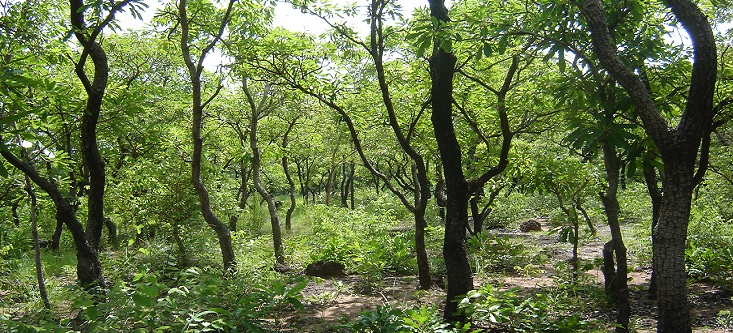The Climate Research and Advocacy Trust (CRAT), a non-profit making organisation that focuses on providing strategies that help communities to adapt and mitigate climate change has stressed the need to practice sustainable agriculture to ensure that environment and nature are being protected.
This comes after the organisation has noted with deep concern how population increase has resulted in an increased demand for food leading to agriculture expansion which has resulted in the exacerbation of deforestation and forest degradation.
In a recent Facebook post, CRAT said agriculture is vital for it ensures food security as outlined by the Sustainable Development Goal 2 but at the same time emphasised the need to harmonize the dominance of forests and agriculture activities so that one can clear land that will be used for production instead of clearing all the land that is in their jurisdiction.
“Increased agriculture area gives more potential to reduce hunger and even raise the gross domestic product of a country as surplus food can be exported and generate foreign currency for the exporting country.
“Agriculture expansion has been on the rise due to technology advancement and climate-smart mechanisms which have increased productivity. This has resulted in the expansion of agricultural land as a way of ensuring food security to meet the growing population demand and accelerate SDG2 for zero hunger.
“The major problem occurs when land is cleared for agriculture and all vegetation cover is removed as shade from trees diminishes growth rate of crops in the field. There is a need to harmonise SDG15 and SDG 2 for sustainable development as the two complement each other,” said CRAT.
Most of the farmers, the organisation pointed out, who use rain-fed agriculture, utilize larger area spaces as they experience low yield per hectare so they use larger farming areas to increase their total yield harvest at the end of the farming season
“This leaves the crops, livestock, and property vulnerable as they become exposed to climate-induced floods. Trees act as windbreaks against strong winds. They also reduce the wind speed of the current strong winds, which have been increasing in terms of frequency and intensity.
“With increased flood occurrence, vegetation cover reduces surface water runoff and increases infiltration of water, which reduces the negative impacts of floods.
“Vegetation cover prevents soil erosion, enhances lands capacity to store water, mitigates against climate change and contributes to microclimate regulation.”
The organisation also reiterated the need to protect forests and trees indicating that they are vital for sustainable food security and environmental conditions needed for agricultural production.
The annual loss of forest resources in Zimbabwe, CRAT pointed out, is estimated at 330 000 hectares per year.






